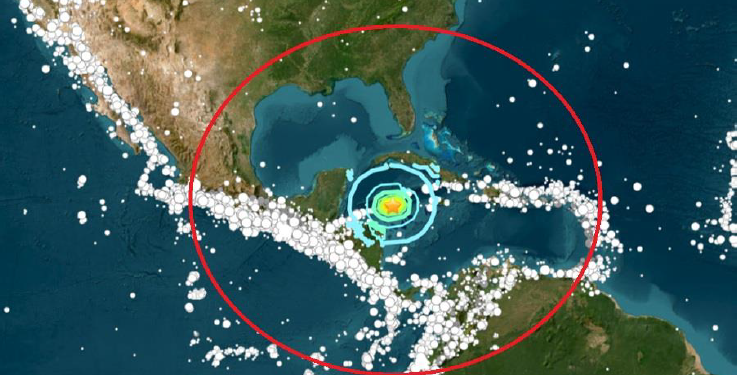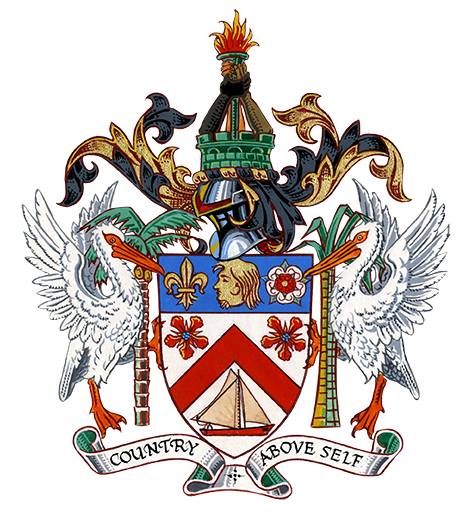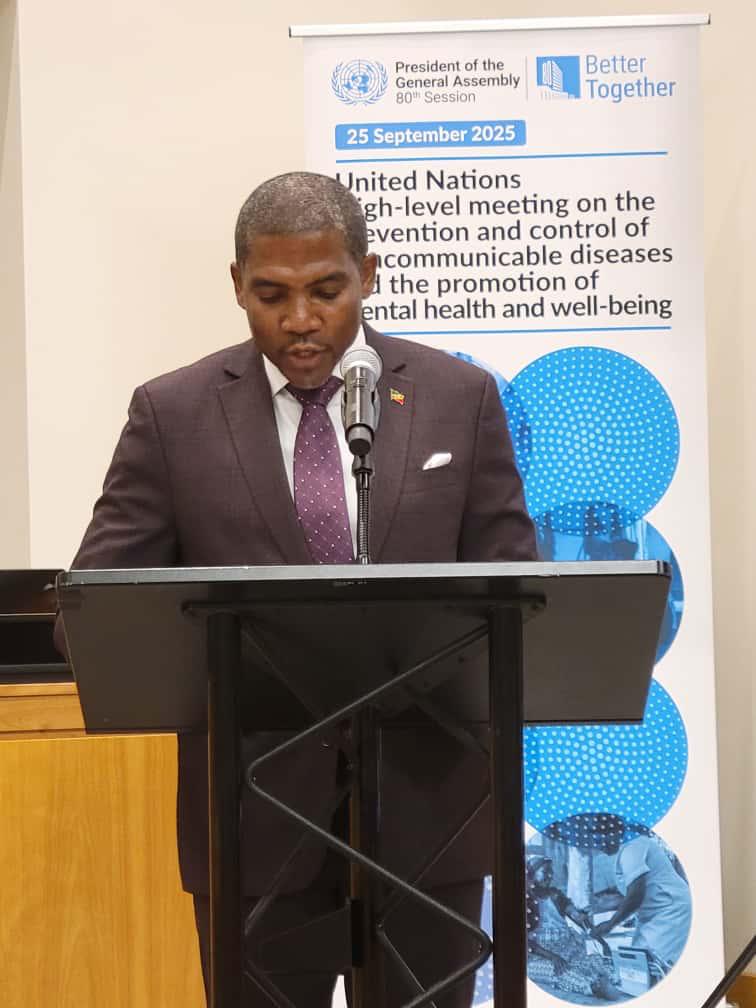NEMA Emphasizes Disaster Preparedness Following Regional Tsunami Alert
The National Emergency Management Agency (NEMA) has issued a strong advisory emphasizing the critical importance of disaster preparedness, particularly in light of a recent tsunami alert that reverberated throughout the region. This incident served as a stark reminder of the ever-present threat of natural disasters and the necessity for communities to maintain a state of readiness. NEMA’s call to action underscores the vital role that proactive preparation plays in mitigating risks, safeguarding lives, and ensuring the resilience of communities in the face of unforeseen natural hazards.
The tsunami alert, although ultimately resulting in no significant impact, triggered a region-wide response, testing the efficacy of existing emergency protocols and exposing potential vulnerabilities in preparedness strategies. The experience underscored the importance of maintaining robust early warning systems, clear communication channels, and well-defined evacuation procedures. NEMA stressed the need for individuals, families, and communities to familiarize themselves with these protocols, ensuring a swift and coordinated response should a future threat materialize. This includes understanding the designated evacuation routes, identifying safe assembly points, and having a pre-packed emergency kit readily available.
Beyond the immediate response, NEMA’s message emphasizes the broader concept of disaster preparedness as a continuous process, requiring proactive planning and ongoing community engagement. This includes identifying potential hazards specific to the region, such as earthquakes, hurricanes, volcanic eruptions, and tsunamis, and developing tailored strategies to address each threat. Regular drills and exercises are essential for evaluating the effectiveness of these plans and ensuring all stakeholders, including government agencies, emergency responders, and the public, are well-versed in their roles and responsibilities.
A core element of comprehensive disaster preparedness is effective risk communication. NEMA underscores the importance of clear, concise, and timely information dissemination to the public before, during, and after a disaster event. This involves leveraging various communication channels, including traditional media outlets, social media platforms, and community networks, to ensure wide reach and accessibility of vital information. Equally important is the need for public education campaigns to raise awareness about potential hazards, promote preparedness measures, and address misconceptions surrounding disaster events. This ongoing dialogue empowers communities to make informed decisions and take ownership of their safety and well-being.
Individual and family preparedness is paramount in mitigating the impacts of disasters. NEMA encourages all households to develop a comprehensive family emergency plan, including a communication plan, evacuation routes, and designated meeting points. This plan should also incorporate provisions for vulnerable family members, such as the elderly, children, and individuals with disabilities. Assembling an emergency kit containing essential supplies, such as food, water, first aid supplies, and important documents, is crucial for ensuring self-sufficiency in the immediate aftermath of a disaster. Regularly reviewing and updating these plans and kits is essential to account for changing circumstances and ensure their effectiveness.
The recent tsunami alert served as a timely reminder of the unpredictable nature of natural hazards and the importance of being prepared. NEMA’s call for proactive disaster preparedness underscores the shared responsibility of individuals, communities, and government agencies in mitigating risks and building resilience. By embracing a culture of preparedness, communities can effectively navigate the challenges posed by natural disasters, minimizing their impact and ensuring a swift recovery. This involves ongoing education, planning, and collaboration to create a more resilient and safer future for all. Recognizing that preparedness is not a one-time event but a continuous process is crucial for ensuring the safety and well-being of communities in hazard-prone regions.
Share this content:












Post Comment